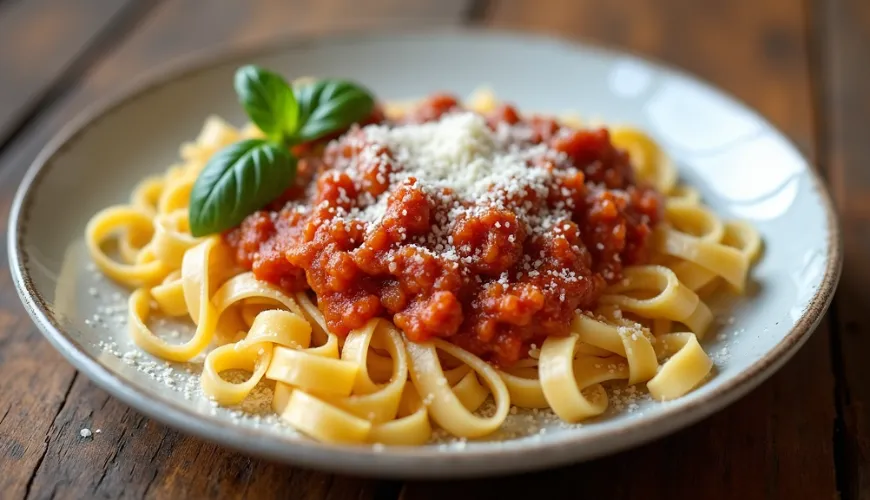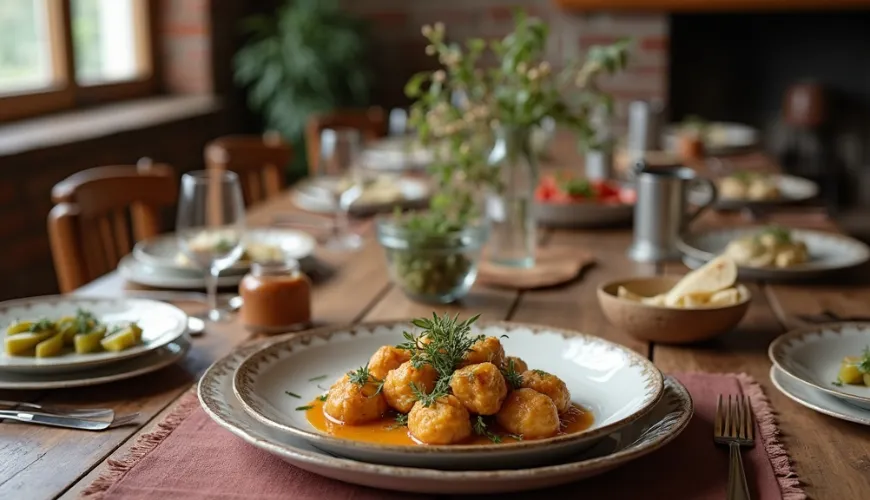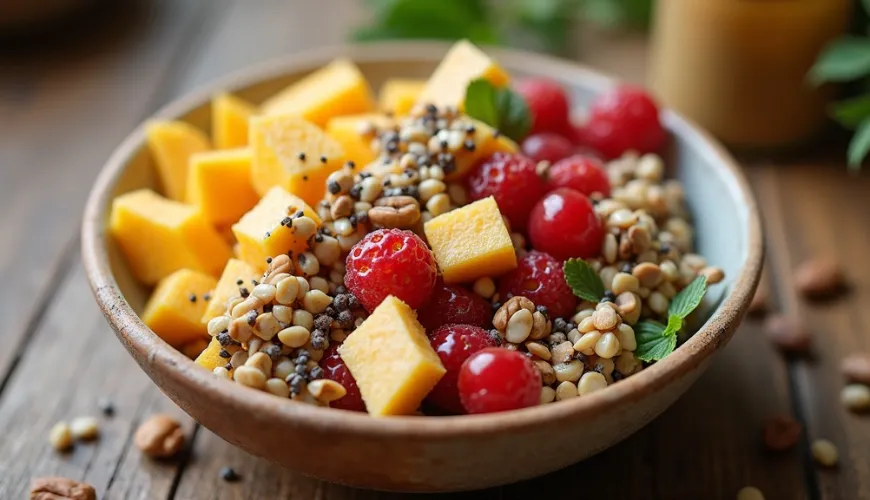
Bratislava Shoulder and Its Secret of Delicious Sauce

Bratislava Pork Shoulder - A Return to the Honest Flavors of the Past
When you hear Bratislava pork shoulder, it evokes memories for many of home cooking from times when meals were not just about quick satiation but also about slow cooking, the aroma of onions in lard, and a family table where everyone gathered. This recipe has deep roots in traditional Central European cuisine, with the greatest popularity especially in Slovakia and Czech households. And it's no wonder. Bratislava pork shoulder combines the best of classic cuisine – simple ingredients, strong flavors, and a cooking technique that allows the meat to release its aroma and tenderize.
However, this is not some culinary relic that belongs only in our grandmothers' cookbooks. On the contrary. In an era when more and more people are turning to honest home cooking without unnecessary semi-finished products, this recipe is gaining popularity again. Whether you prepare it as a weekend specialty or a festive lunch, the Bratislava pork shoulder recipe will not disappoint you.
What is actually Bratislava pork shoulder?
At first glance, it may seem like an ordinary dish of pork. But as is often the case, the magic lies in the details. Bratislava pork shoulder is traditionally made from pork shoulder, ideally with bone and a bit of fat, which gives the meat juiciness and flavor. The meat is stewed or roasted on a base of onions with garlic, spices, and sometimes a little tomato paste. The result is tender, juicy meat in a strong, dark sauce that smells of marjoram, pepper, and garlic.
In some versions, paprika, both sweet and hot, is added to the sauce, giving it color and a sharper character. There are lively debates among home cooks and professionals about the exact recipes. Some add caraway seeds, others a bit of red wine, and others swear by thickening with bread or a little flour browned in the drippings. Each Bratislava pork shoulder recipe thus carries the personal touch of the cook, making it a dish with soul.
The Secret of Honest Flavor
Today, in the age of instant soups and five-minute dinners, preparing honest Bratislava pork shoulder might seem like a challenge. But time is a crucial ingredient in this dish. As the meat slowly stews, it absorbs the aroma of onions, spices, and drippings, creating a sauce that is natural and chemical-free, yet incredibly rich in flavor. Add to that the fact that most ingredients are readily available and budget-friendly. Pork shoulder is among the cheaper cuts of meat, which is why it has always been popular among housewives who wanted to feed the whole family deliciously and economically.
You might wonder: why "Bratislava"? The name comes from a time when this dish was widely served in Bratislava and its surroundings and became a sort of synonym for pork with onions in a thick sauce. Similar to "Szeged goulash" or "Prague ham," Bratislava pork shoulder carries the regional origin in its name, adding authenticity and history.
One of the guaranteed ways to achieve perfect flavor lies in the quality of the ingredients. If you opt for organic meat or locally raised pork, the result will reward you with not just better taste but also a good feeling from conscious cooking. In today's world, where more people are interested in sustainable eating, even ordinary recipes can be prepared with an eye on the environment – just choose the right suppliers and use seasonal ingredients.
How to Prepare Bratislava Pork Shoulder Like Grandma?
Many people look for a Bratislava pork shoulder recipe that stays true to the original taste without being overly complicated. Here's a glimpse of one of those proven ones:
- Brown two large onions in lard until golden. Feel free to add more – the more onions, the tastier the sauce.
- Add diced pork shoulder (about 1 kg) and brown on all sides to seal.
- Season with salt, pepper, a teaspoon of sweet paprika, two cloves of garlic, marjoram, and possibly a bit of caraway.
- Pour in hot water or broth and stew for about two hours until the meat is completely tender.
- If you want a thicker sauce, you can thicken it with a tablespoon of flour mixed in water or a bit of grated bread.
- Serve with bread dumplings, boiled potatoes, or fresh bread.
In some families, it is served with pickled cucumbers or beets, which beautifully balance the sweeter taste of the onion sauce.
For instance, Mrs. Marie from Olomouc, who remembers her mother's recipe from the 1960s, says: "We made Bratislava pork shoulder every Sunday. It was cooked in a large pot, slowly, and there was always enough left for Monday. Those were the best meals – honest, simple, and with love."
Bratislava Pork Shoulder in Modern Cuisine
You might wonder if this recipe has a place in today's fast-paced world, where lighter dishes, vegetarianism, and veganism are coming to the forefront. Surprisingly, yes. The Bratislava pork shoulder recipe remains popular even among the younger generation, who seek a return to traditional flavors in a modern guise. It's not uncommon to find it in urban bistros or on the menus of restaurants focusing on Czechoslovak cuisine.
Moreover, this dish can easily be adapted to various dietary styles. Instead of classic pork, you can use tempeh or seitan for a vegetarian version. The key is to maintain the base – onion, spices, and slow cooking – as that's what makes Bratislava pork shoulder what it is. Even without meat, it can be a dish that delights even those who avoid meat.
Modern cuisine also offers new techniques – such as preparation in a slow cooker, which allows the meat to stew all afternoon without the need to hover around the stove. The result is an equally delicious dish that retains its authentic taste while fitting today's lifestyle.
So whether you prefer the classic or give it a new twist, Bratislava pork shoulder has something to offer. It's a recipe that connects generations, smells like home, and reminds us that good food doesn't need dozens of ingredients – just time, patience, and the desire to cook with heart.

